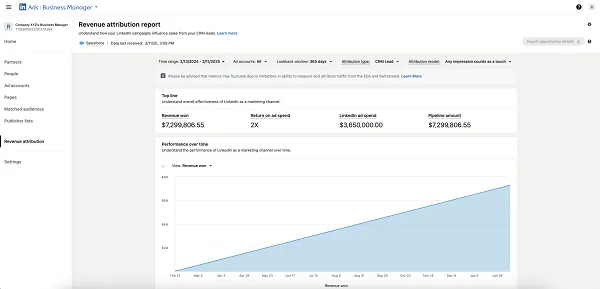Generative AI is the latest big tech trend, with the latest variations of text and image generators now able to create original content that’s comparable to human outputs, opening up a range of new possibilities.
That’s also freaking a lot of people out, due to concerns that they could be out of the job entirely due to the sudden influx of impressive AI tools. And some, like digital artists, are already feeling the pinch – but it is worth noting that AI systems can only iterate on what’s come before, in order to provide similar content, they can’t come up with entirely original, unique, or even trustworthy material.
‘Trustworthy’ in this context relates to the accuracy of the text data such systems provide, with AI systems known to ‘hallucinate’ answers based on the various data points they can connect to your query. Essentially, you really have to know and understand the topics that you’re focusing on to produce the best results, because you can then view the outputs with a more critical eye, and ensure no mistakes or errors slip through.
In this sense, these tools work best as assistants – and in that context, it’s less about them taking your job, and more about them leveling up your capacity.
To provide more context as to what these systems are, and how they work, the team from Visual Capitalist has put together a basic overview of some of the key generative AI processes that you need to know about as we move into the next stage of the digital era.
Understanding these tools, and their many applications, will soon become a requisite for many roles – and the more you know, the better placed you’ll be.
Time to jump in – check out the full infographic below.



























































![Assessing the Winners of the Super Bowl Ad Blitz [Infographic] Assessing the Winners of the Super Bowl Ad Blitz [Infographic]](https://imgproxy.divecdn.com/kzzGkWf5O2q5NPX8no-8ErGd5bFiXZjPZlEp8PIZVsw/g:ce/rs:fit:770:435/Z3M6Ly9kaXZlc2l0ZS1zdG9yYWdlL2RpdmVpbWFnZS9zZW1ydXNoX3N1cGVyX2Jvd2xfMjAyNTIucG5n.webp)

![An Overview of Generative AI [Infographic] An Overview of Generative AI [Infographic]](https://www.socialmediatoday.com/imgproxy/KXw8uVoLGu3xfPEC1HcJpt7QeJ6zjLpavugHM0RpAKw/g:ce/rs:fill:770:435:0/bG9jYWw6Ly8vZGl2ZWltYWdlL2dlbmVyYXRpdmVfQUkyLnBuZw.png)










